HotSpots H2O: As Famine Looms in East Africa, Humanitarian Groups Call for Urgent Action
Circle of Blue
OCTOBER 18, 2021
The landscape of Kulaley Village in northern Kenya lays barren after a drought in 2011. In 2011, two failed rainy seasons thrust the Horn of Africa into the worst famine of the twenty-first century. The La Niña weather pattern, driven by normal cooling cycles in the eastern Pacific, has always caused dry spells in East Africa.

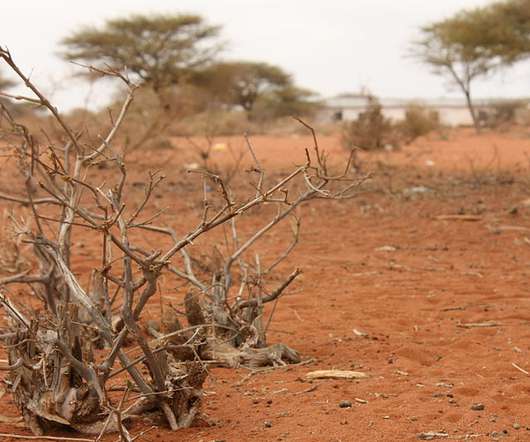
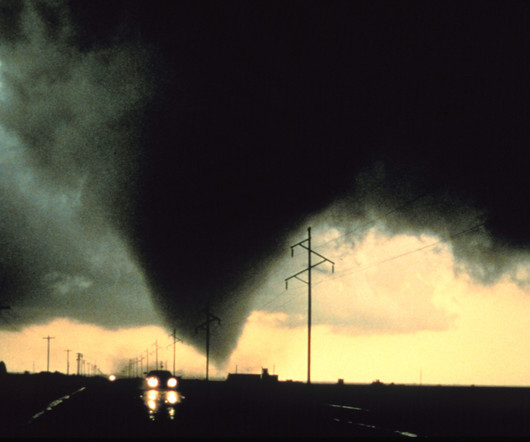
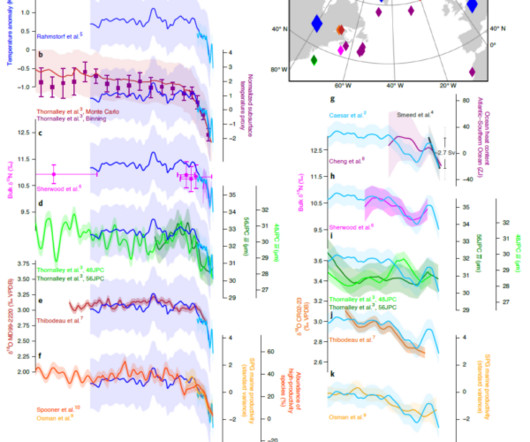
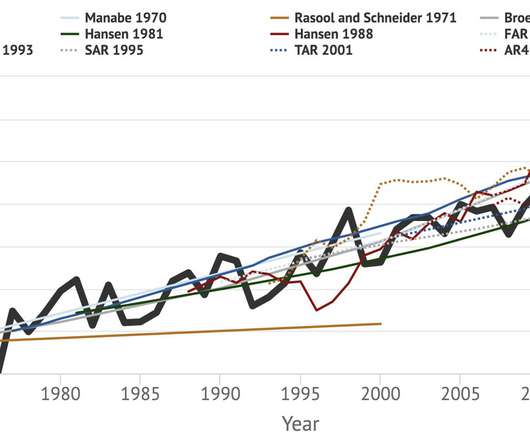
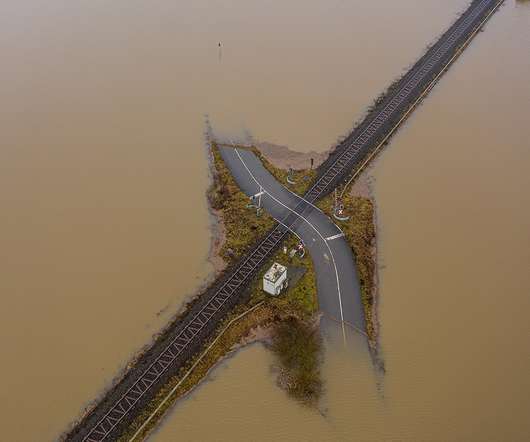


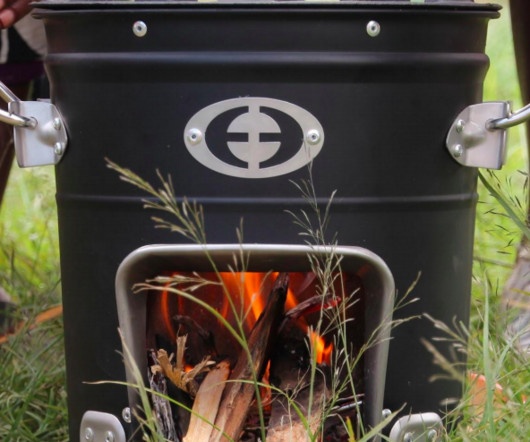







Let's personalize your content